For Whānau Ora agency Te Pūtahitanga, mahi aroha is at the core of creating enduring change for whānau across the South Island. The agency supports and funds 330 Whānau Ora kaupapa across Te Waipounamu that focus on creating intergenerational transformation and advancing the wellbeing of Māori.
Te Pūtahitanga Pouārahi Helen Leahy describes mahi aroha as a powerful vehicle through which whānau can achieve their aspirations and create their own definitions of success.
“Mahi aroha for us means that concept of being able to invest in intergenerational projects. It’s not just about doing something for today, it’s about literally planting the seeds of change for tomorrow. We are simply there to provide whānau with support and opportunities to learn, so they can make progress for their mokopuna to come,” she says.
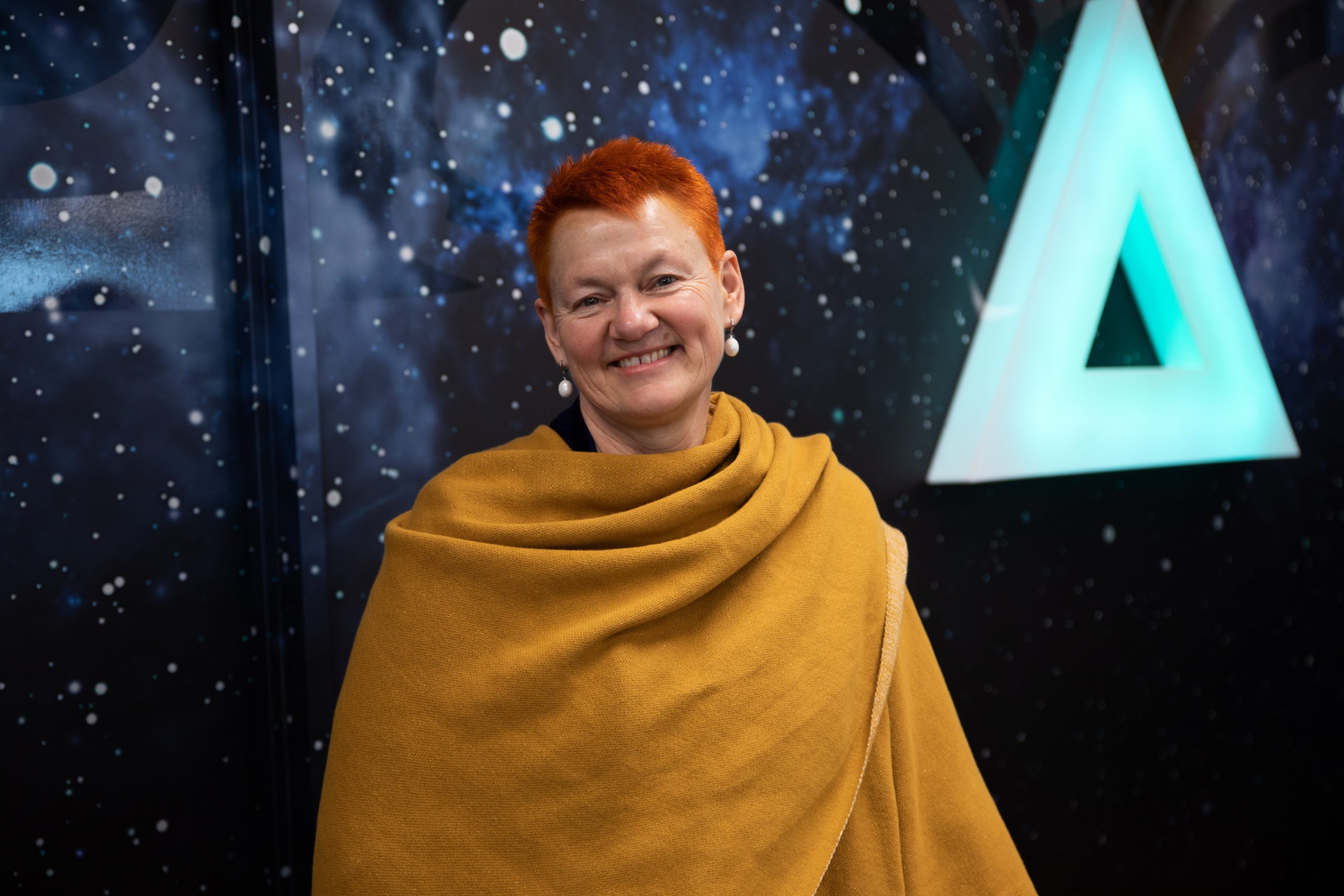
Helen Leahy, Pouārahi at Te Pūtahitanga.
Mahi aroha is woven tightly into the kaupapa Māori foundations of Whānau Ora. Helen explains that the concept is integral to the collective wealth of whānau, hapū, iwi and communities.
“It’s seen as, what can you do to step up and contribute? Because the strength of our community is only as good as the strength that we contribute ourselves. You see mahi aroha every day at the marae, with people coming to support weddings, tangihanga and hui. You see mahi aroha at wānanga where people provide the tikanga or protocols and welcome people. You see mahi aroha when we take care of our elderly and our babies. That’s all mahi aroha in te ao Māori.”
Te Pūtahitanga funded Whānau Ora entities amass a network of more than 300 volunteers who support a wide range of kaupapa covering every aspect of holistic whānau wellbeing. Initiatives range from healthy kai and fitness projects, to approaches that combat family violence, financial issues and employment challenges.
Tūhono Taonga Tūhono Tāngata
One of the transformative kaupapa Te Pūtahitanga supports is Tūhono Taonga Tūhono Tāngata, a pounamu carving programme and journey of self-discovery for rangatahi that started at Haeata Community Campus.
Helen says that the power of this kaupapa is that it provides a means for rangatahi to explore what is important to them. “Tūhono Taonga Tūhono Tāngata are able to see the beauty that lies within each person and use that as a way to make change enduring.”
Led by talented pounamu artist Jon Jeet and wife Irihāpeti Mahuika, the programme teaches much more than just how to work with greenstone; it’s about whakapapa, kaitiakitanga, connecting to iwi stories, and building the confidence and hauora of the youth taking part.
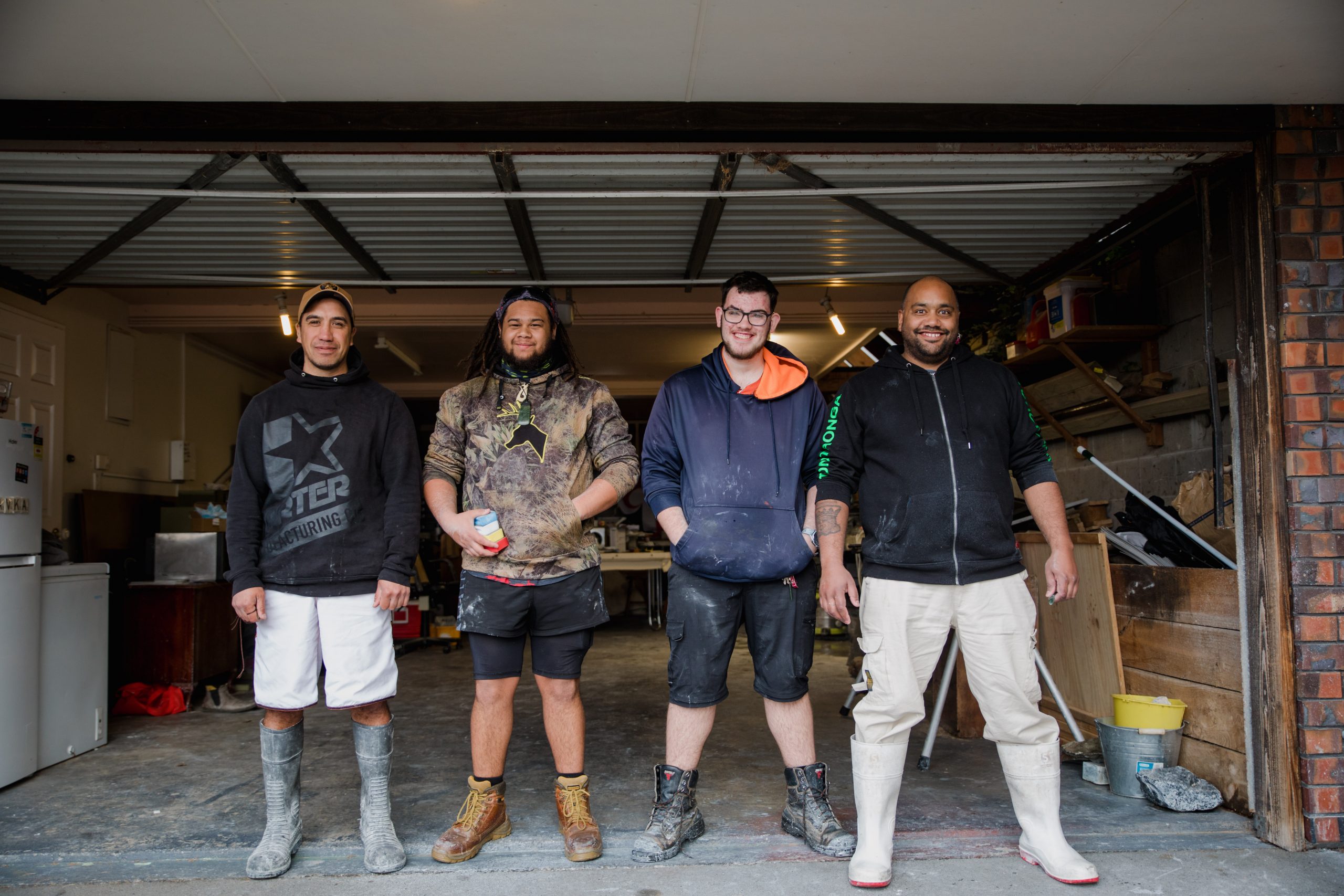
Pounamu artist Jon Jeet (far right) and students from Tūhono Taonga, Tūhono Tāngata.
Jon has volunteered his carving knowledge for many years in Ōtautahi and explains that mahi aroha from parents and the community has been essential to the launch and success of an ongoing programme for local students.
“Tūhono Taonga, Tūhono Tāngata is a Trust and its direction is driven by whānau, which sets it apart from other subjects students are learning. There are a lot of people on deck to get this up and running, who see the value in sharing this cultural knowledge in our community,” he says.
The kaupapa has successfully brought a uniquely indigenous knowledge-base into mainstream education, with a range of NCEA credits available through the programme and benefits that extend far beyond education for the students involved.
Irihāpeti explains that it’s a journey of hauora: wellbeing. “There are some beautiful holistic healing powers that pounamu holds. We have found some students who were angry at times started to come into the space and just use the repetitive nature of working with the stone to calm down,” she says.
With the support of volunteers and whānau, Jon and Irihāpeti aspire to grow the programme into different communities in Eastern Christchurch. Jon says it is important for as many people as possible to have cultural narratives like those that Tūhono Taonga, Tūhono Tāngata teaches in their lives.
“It’s important because it’s part of us as Māori: our oral traditions, our oral histories, to be able to connect and tell stories about our whakapapa. It defines who we are. Understanding whakapapa is a hugely transformative thing.”
Christchurch Collective for the Homeless
For the Whānau Ora initiatives supported by Te Pūtahitanga, mahi aroha is not just about doing work with love; it’s about creating an environment of aroha, manaakitanga and whakawhanaungatanga where whānau can flourish together.
The Christchurch Collective for the Homeless lives and breathes mahi aroha and Helen from Te Pūtahitanga describes the Collective’s founder Brenda Lowe-Johnson as “an amazing beacon of hope.”
“This kaupapa is one we have invested in more recently and we are so proud of what Brenda has done. She asks whānau: How can we make a change in your life, so that you can experience a full puku, experience the warmth of a bed, experience hope, and make a plan for your future? She creates an environment where this feels possible,” says Helen.
For many years, Brenda has volunteered her time looking after Ōtautahi’s most vulnerable: those who are living on the streets and who are in a period of vulnerability and crisis. Since 2015, The Christchurch Collective for the Homeless has supported more than 600 people into houses and more than 80 into jobs, all with the support of kaumātua, volunteers and a shoestring budget. The Collective works in partnership with other support organisations at Christchurch Community House to provide a holistic approach to supporting the homeless that starts with creating a welcoming atmosphere.
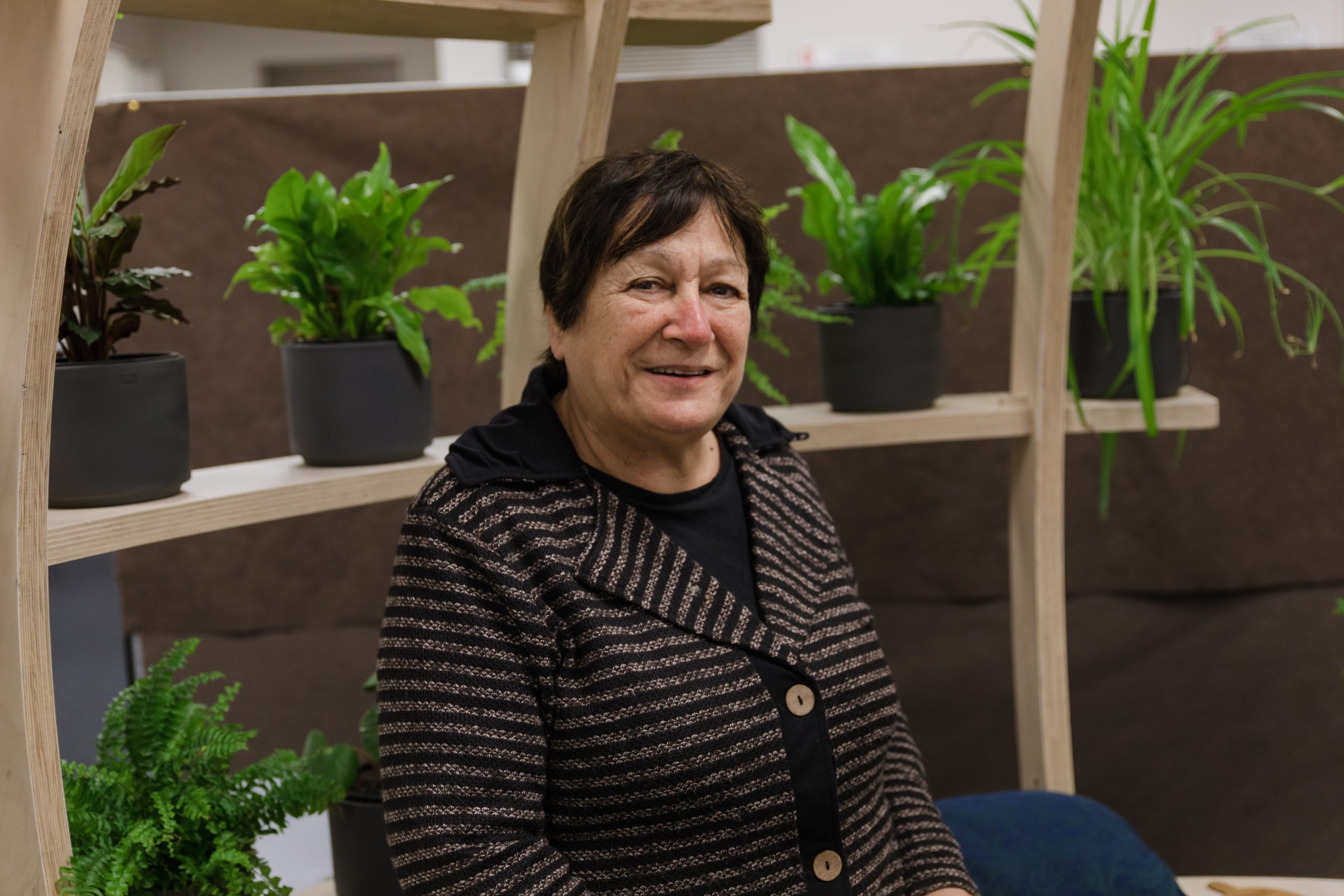
Brenda Lowe-Johnson, founder of Christchurch Collective for the Homeless.
Brenda says that the service is built on mahi aroha. “Mahi aroha is what I feel and what clients feel when we work together. We have to be soft on the person and hard on the problem. We have decolonised the service and give people compassion and their mana all the way through the process. They have to take responsibility for what they want and for what their dreams are. It’s not what we think they need, it’s what they think they need,” she says.
Brenda and a team of volunteers and kaumātua support clients to work through challenges such as mental health struggles, financial issues, finding housing, finding work and obtaining basic items such as identification and bank accounts so that they can access welfare and medical support. The Collective also hosts regular breakfasts for the homeless community, an idea sparked by the people they support.
Connecting people with te ao Māori is a key part of the Collective’s work, with kaumātua volunteering their time around the clock to support clients and provide connections that help to re-awaken a sense of culture, identity and wellbeing, including visits to local marae.
Brenda’s dream is to see a zero-tolerance for homelessness in Aotearoa. “Whānau Ora is the tool that is going to break the intergenerational beneficiary cycle and bring our people out of poverty.”
Contributing to a legacy for whānau
Ultimately, mahi aroha for whānau and for Te Pūtahitanga is about contributing to and investing in building a better Aotearoa. It’s about creating cultural, social and environmental return for a more resilient nation that has what Helen describes as a “landscape of possibility.”
“Whānau are shaping legacies for those who come after them, so let’s everybody put some loving arms around them, make this change sustainable and celebrate what whānau can be capable of, if only you believe in them and show some aroha.”
Te Pūtahitanga’s mahi aroha story shows how people, whānau and communities can mobilise kindness for the benefit of Aotearoa. Share your stories of acts of kindness and mahi aroha with Volunteering New Zealand at #aotearoaofkindness
You can learn the definitions for the kupu Māori (te reo Māori words) used in this story by looking them up in the Māori Dictionary.


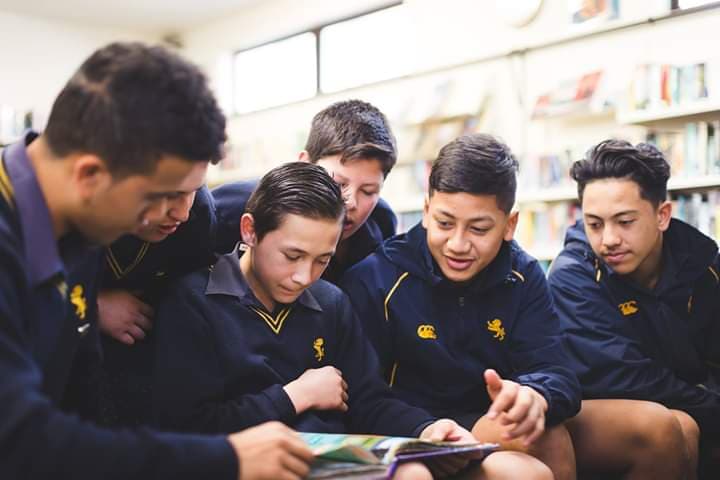
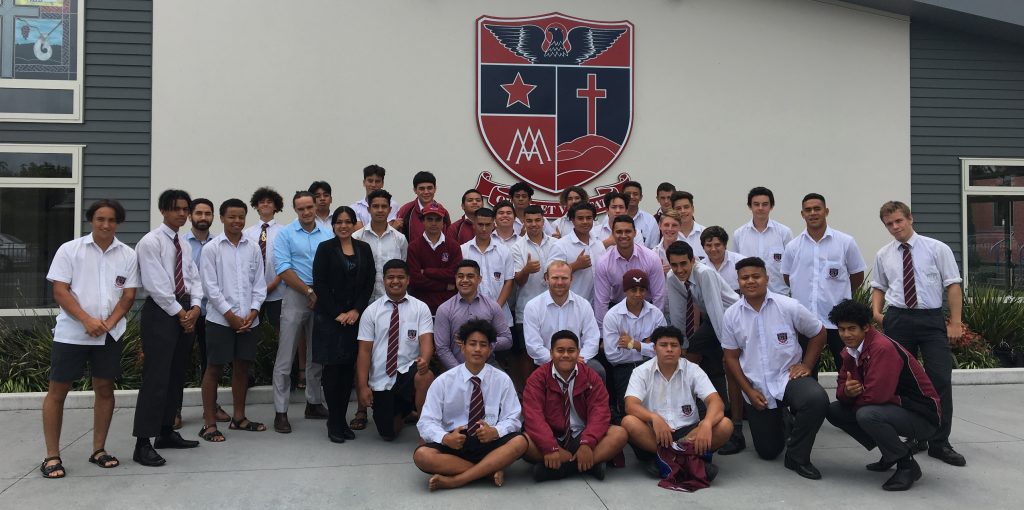
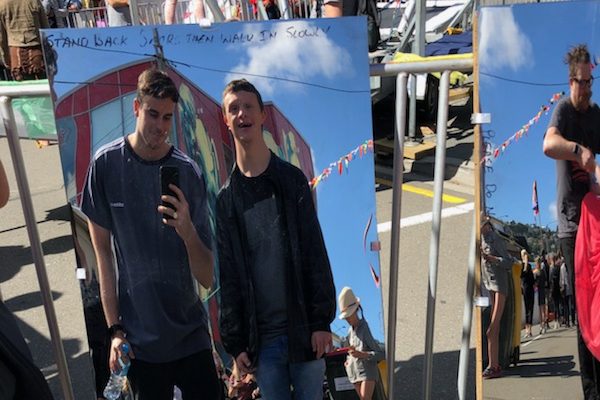
About The Author: Admin
More posts by admin